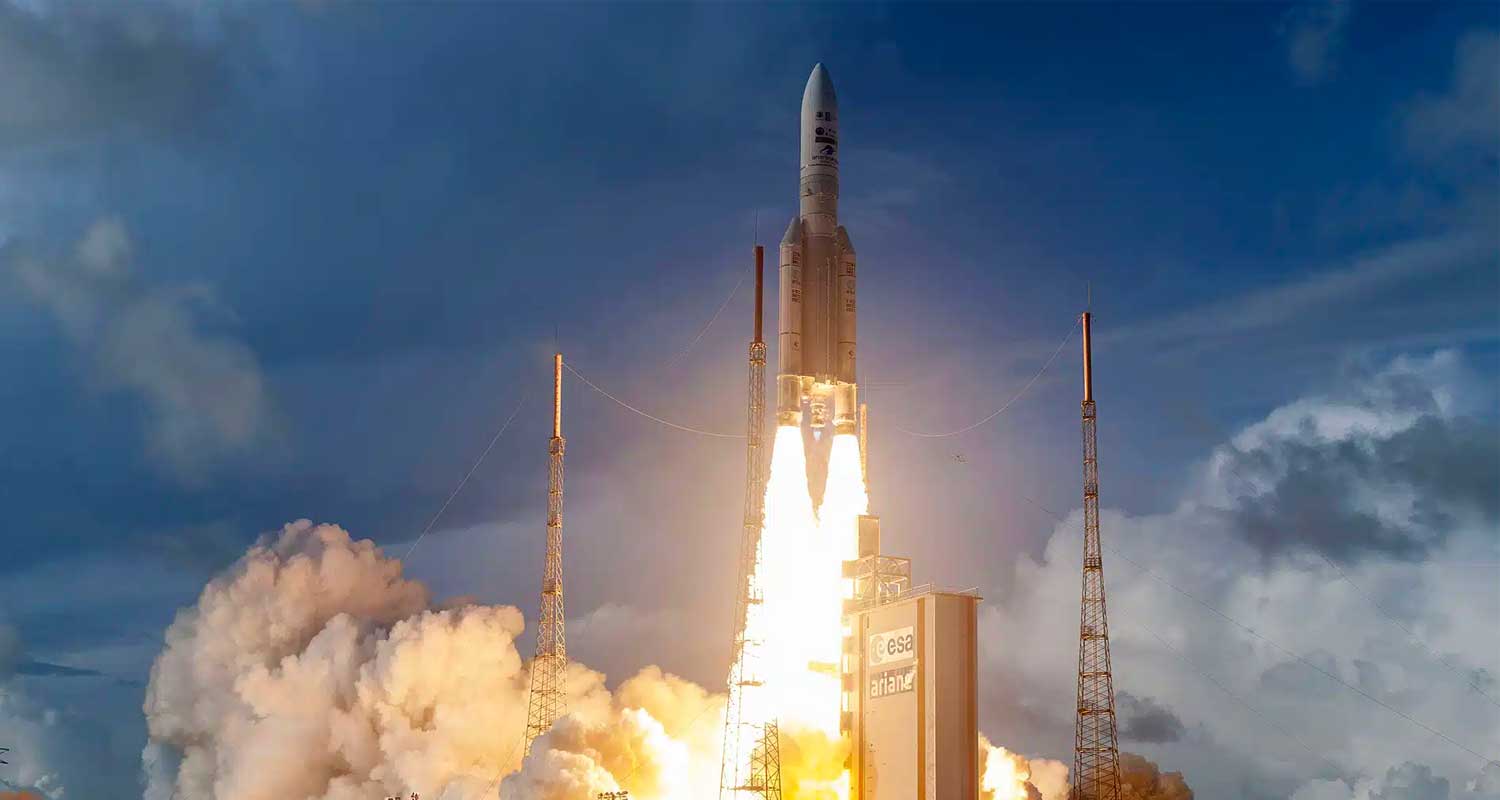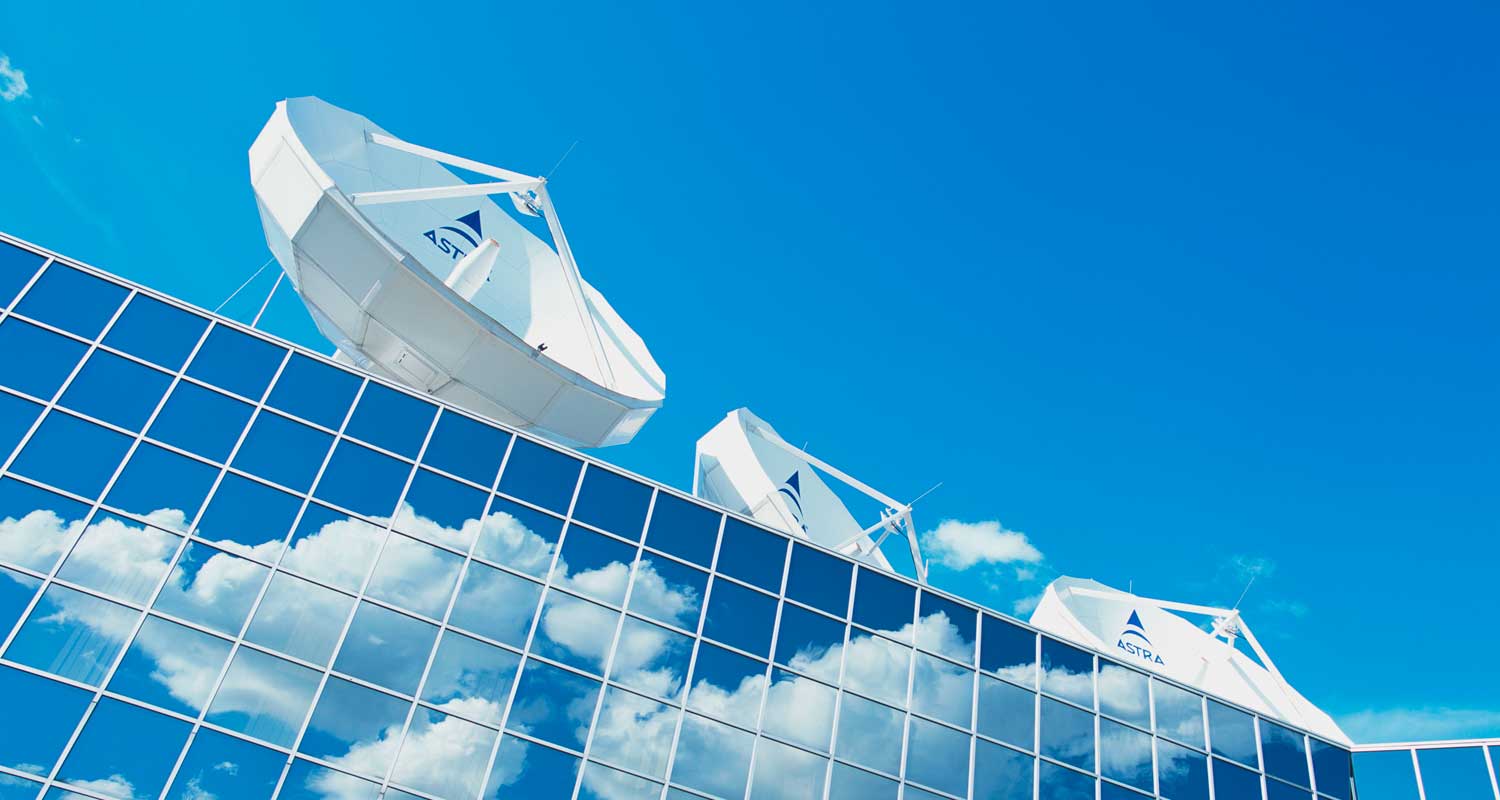
After decades of competing against each other, two Luxembourg-based satellite rivals are weighing a merger to take on a space industry upstart — billionaire Elon Musk.
Should the union succeed, SES and Intelsat would create Europe’s largest satellite company. They’re both domiciled in the Grand Duchy of Luxembourg, one of the world’s smallest countries.
SES, headquartered in the Duchy’s Betzdorf Castle, confirmed on Wednesday that a merger was under discussion after reports emerged that the two were in advanced talks for a deal that would value the combined company at more than US$10-billion including debt.
Both companies use “geostationary” satellites — large spacecraft that orbit 36 000km from Earth. Over the years, these satellites have brought in billions broadcasting TV from space. But more recently, SES and Intelsat’s business models have been challenged by new technologies, including a wave of low-Earth orbit — or “LEO” satellites — which whiz only 500km above our heads and provide low-latency broadband Internet.
The biggest LEO system by far is Musk’s Starlink, run through SpaceX. SES has shifted operations closer to Earth, too, with a batch of satellites that fly 8 000km up in what’s known as “medium-Earth orbit”.
But with Musk and other newcomers like London-based OneWeb threatening their market share, the “two old-school giants” had to do more to compete, said Société Générale analyst Alexander Peterc. Joining forces won’t be easy: any deal will face significant regulatory, financial and technological challenges.
Pivoted
As online streaming began to erode the TV satellite broadcasting business, SES and Intelsat pivoted into a new area: connecting remote government and business clients to satellite Internet.
That revenue stream is now also being challenged. The price of transmitting data is falling, and the Luxembourg companies are under pressure to fend off Starlink and OneWeb, which have already launched thousands of LEO satellites, and Amazon.com, which is about to join in.
It’s a pivotal moment for the companies’ finances. After years of watching revenues stagnate — Intelsat emerged from bankruptcy last year with $7-billion in debt — both are now expecting an imminent windfall, having given up valuable radio frequency spectrum rights to US phone companies rolling out 5G.
That deal, which resulted in an acrimonious legal battle between the companies, put them in a position to pay down their debts and forge a path to a merger. Once the final details from the spectrum sales are resolved, SES is in line to pocket $4-billion and Intelsat almost $5-billion.
SES and Intelsat are merely the latest satellite giants to join a merry-go-round of consolidation.

As the industry’s economics have been upended by cheaper launches and deep-pocketed investors like Musk, other major players have already moved to pool investments and risk. California-based Viasat is buying Britain’s Inmarsat Holdings for $4-billion, and France’s Eutelsat is buying OneWeb in a deal valued at $3.4-billion.
If SES and Intelsat move ahead with a deal, it would kick off a long and complicated oversight process.
Regulators would pounce, as the new company would collectively make up about 40% of the global fixed satellite services market and 90% of US broadcasting, according to estimates from Bryan Garnier analyst Thomas Coudry.
That would create its own set of problems, as antitrust investigations might last anywhere between one and two years, Peterc observed — a timeframe in which SpaceX and Amazon are due to launch hundreds, or possibly thousands, more satellites.
“They will lose time if they want to do anything on the LEO front, so that is definitely an issue,” Peterc said of SES and Intelsat’s predicament. Moreover, mandated antitrust remedies could undermine the benefits of a deal, Bryan Gardnier’s Coudry said in a note to clients on Thursday.
SES has more than 70 satellites in orbit, and Intelsat has 52. Combining them will be tricky, as the fleets run on multiple kinds of spectrum
There is also no clear precedent for how regulatory probes might play out: Viasat is still awaiting approval for the Inmarsat acquisition it announced 16 months ago, and Eutelsat’s OneWeb deal — signed last July — has also yet to close.
Finally, as the Luxembourg government is SES’s dominant shareholder, it would also need the state’s blessing to complete the merger.
SES has more than 70 satellites in orbit, and Intelsat has 52. Combining them will be tricky, as the fleets run on multiple kinds of spectrum, subject to arcane global regulations.
While analysts reckon that unifying operations could generate billions in benefits, to return to growth the new company might need to invest similarly large sums in a “constellation” to rival OneWeb, SpaceX and Amazon.
Although Musk has said that his Starlink fleet may require investments of between $20-billion and $30-billion to stay competitive — he’s even discussed the prospect that it could go bankrupt — the changes he and others have set off have already transformed the industry.
Read: Amazon targets 2024 for launch of Starlink rival
This puts SES and Intelsat in a complicated position moving forward. “If they go now into LEO, they’ll be behind: they will be last in line for LEO spectrum and orbital rights,” said Peterc, explaining that they’d be “at the bottom of the pecking order” behind SpaceX, OneWeb and Amazon.
Read: Starlink rival OneWeb to launch global Internet coverage this year
But luckily, as SES and Intelsat negotiate the fiendish complexities of extra-terrestrial asset and regulatory sprawl there is one thing that could make talks easier: their Luxembourg offices are only a 25-minute drive apart. — (c) 2023 Bloomberg LP

